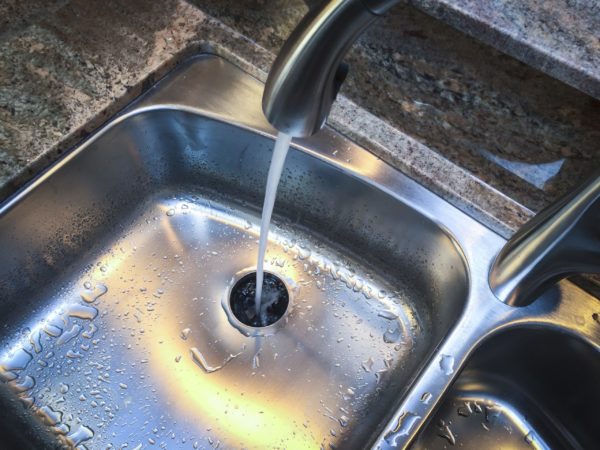
When most people think about the Sacramento area, they think about modern cities with solid infrastructure. Issues with the water quality in California are probably the last thing that comes to mind.
However, recent reports show that California may have a bigger problem with water quality than previously thought.
POLLUTANTS AFFECTING THE WATER IN CALIFORNIA
Many California residents use drinking water that could contain high levels of contaminants, including nitrates, arsenic, and worse. Although all water pollutant issues affect the entire state, they especially affect California’s poor communities.
CALIFORNIA LAW AND CLEAN WATER
In 2012, Assembly Bill 685 mandated safe drinking water for everyone in California. This law was backed up by a bill signed into law by Governor Newsom. SB 200, signed in 2019, gave funding to ensure that every community in California and every Californian had clean drinking water.
The result is the California Human Right to Water (CalHRTW) web tool. This tool looks at three composite scores and measures nine indicators for drinking water quality, cost, and access in California.
Since this tool is online, California residents can also evaluate the water quality in their community. The tool constantly updates itself, allowing people to track how their water quality is changing. This also makes it easy to see water contamination in their community and surrounding communities.
AN INCREASED NEED TO PROTECT CLEAN WATER IN CALIFORNIA
Many community water systems in California do not meet regulatory standards. And many homeowners in rural households drink the water from the tap using their own private domestic wells.
Arsenic is naturally in groundwater. Levels of arsenic get more concentrated as the water table depletes. This increases the danger to those who drink from these water sources.
There are also nitrates found in California groundwater from fertilizer runoff and industrial animal farming. Finally, hexavalent chromium is also common, coming from industrial and manufacturing activities.
California. This shows that domestic well water quality is a significant issue for California.
THE CHALLENGE OF DANGEROUS SUBSTANCES IN CALIFORNIA GROUNDWATER
The Safe Drinking Water Act ensures that most chemicals in the water are regulated. California is increasing what they monitor as new chemicals are discovered.
However, there is one category of chemicals that continues to be unregulated. These are what are known as PFAS. These are the chemicals that are used for water and heat resistance. Their durability is what gives them the nickname “forever chemicals.”
Today, we are more aware of the damaging effects of these chemicals. We are beginning to see that these chemicals are present all over in our environment. As a result, they are also bleeding into the water supply.
California does monitor PFAS. Regulation of PFAS doesn’t yet occur on the federal level. Thankfully, the state notifies local governments when they detect these chemicals. In 2019, one-third of PFOS/PFOA chemicals in the PFAS family exceeded the notification level.
What you should be concerned about is this: these chemicals have been detected throughout the state.
More research on the negative effect of PFAS may lead to the state doing more for regulation. This will eventually require water systems to better deal with the presence of these chemicals.
THE IMPACT OF PESTICIDES AND NUTRIENTS IN CALIFORNIA WATERWAYS
The most common pollutants in California waterways are metals, nutrients, pesticides, and fecal indicator bacteria. You can often find pesticides in the water supply of the Central Valley in particular. This means that it is especially worth worrying about in certain areas of the Sacramento Valley.
A lot of the groundwater and surface water risks contamination in California. Some of the water problems occur naturally, while other water pollution results from human interference.
Damaged environments from tainted water ultimately hurt the people who have to drink it. Monitoring is essential to understanding the severity of water contamination. It makes it possible for the public and government regulators to identify and prioritize water sources that require improvement.
All in all, California drinking water is safe despite widespread pollution. However, California must always remain vigilant to make sure that new problems don’t arise to endanger our drinking water.
PROVIDING COMPREHENSIVE SERVICES TO NORTHERN CALIFORNIA RESIDENTS
At Gallagher’s, we are proud to play a role in helping California residents keep their homes safe and comfortable. To this end, we employ experienced plumbers and NATE-certified HVAC technicians. We work hard to maintain our A+ rating with the Better Business Bureau.
Our services include HVAC installation, maintenance, and repair. We install heating pumps and offer comprehensive plumbing repair, installation, and maintenance services. We also provide air quality services and duct cleaning.
Contact Gallagher’s Plumbing, Heating and Air Conditioning in Sacramento today! See what it’s like to work with a team that cares.


 uys
uys